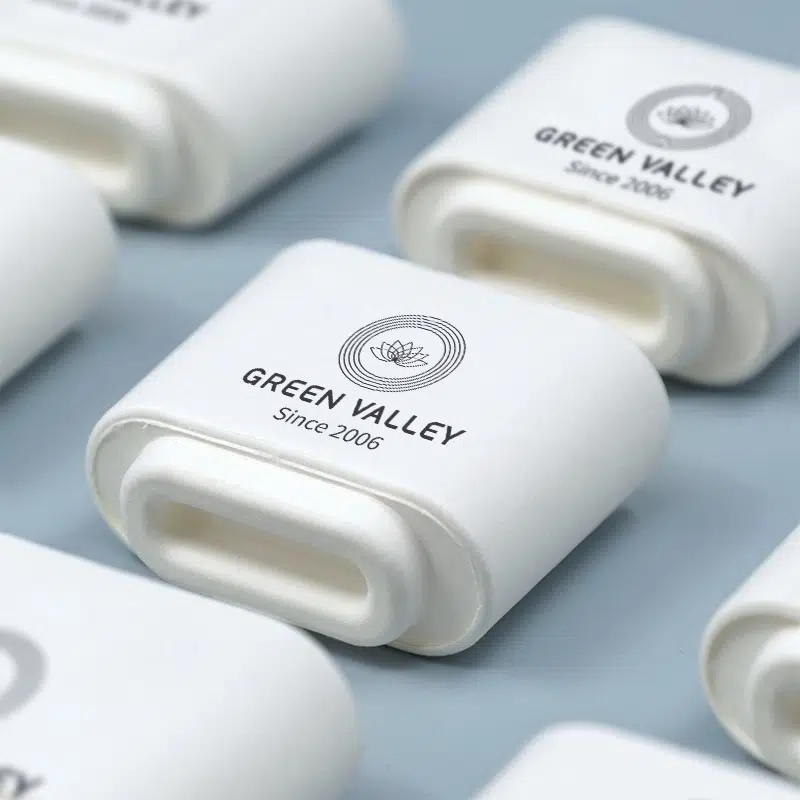Choosing the Right Cosmetic Packaging for Your Products
Choosing the Right Cosmetic Packaging for Your Products
Blog Article
The packaging for chosen products consists of bottles, jars, wrappings, or any materials used to enclose and ship the product. For example, in the case of cold process soap, shampoo and conditioner bars, and even bath bombs, after testing, biodegradable shrink wrap was selected. This involves placing products in the biin film, then using a shrink wrap cutter to seal the edges. Any leftover film can be kept for future use or disposed of if too small. The result is a compact, sealed bag, finished with a heat gun to ensure freshness.
This decision was made after testing soaps with no packaging, paper packaging, cardboard boxes, and fabric wraps. The best results for discoloration, scent longevity, and shrinkage were achieved with shrink wrap. Note that results may vary depending on the formula. Additional information on the biin and the reasoning behind this choice is available in a previously written blog post.
A front and back label with branding and required information was applied. Depending on the product, this method may be effective, or alternatives such as boxes, jars, bottles, or paper may be preferable. It is important to use the selected packaging for stability testing, which will be discussed further.
DIY options include printing custom cardboard bands or boxes, sourcing from professional print companies, or purchasing bottles and jars in bulk for labeling. Selections should be made carefully to ensure continued availability, as products from some suppliers may be discontinued unexpectedly.
For unique packaging, bottle manufacturing companies can create custom designs, but this option requires a higher budget. It is generally recommended to start with inexpensive, readily available packaging from local suppliers.
Customer Usage
Consider how and where customers will use the product. Glass containers are attractive for skincare items used on dressers but may be unsafe for use in showers or baths due to the risk of dropping and breaking.
Protection and Durability
Some ingredients are light-sensitive and require opaque or amber containers for protection from UV exposure. Additionally, not all packaging is suitable for humid environments; biodegradable cardboard containers are ideal for items like deodorant or powders that are not exposed to moisture.
The ability to label packaging should also be considered. Options include direct printing, laser engraving, or manual labeling. Printing custom labels is cost-effective and allows for easy updates, particularly useful when ingredients or suppliers change. Investing in bulk packaging early on may result in excess inventory if changes are needed.
| Supplier | Specialty |
|---|---|
| Ula | Jars and bottles for cosmetic, catering, and industrial use |
| Caps and Jars | Various bottles and jars in bulk quantities |
| World of Bottles | Jars and bottles for lotions, body butters, and sprays |
| Naturally Bary | Containers for finished cosmetic products |
| Candle Supplies Suppliers | Wide selection of packaging solutions |
| HCP Packaging | Stock packaging and custom design assistance |
| Nutley's Kitchen | Biodegradable packaging options such as deodorant container and lip balm containers |
| Berlin Packaging | Wide variety of packaging styles |
Cosmetic ingredient suppliers often offer packaging and containers as well. Exploring these options can provide a good starting point for finding suitable packaging for any product.
This overview provides a foundation for choosing cosmetic packaging. The next phase involves performing stability testing on finished, packaged products to ensure performance and safety.
For a printable version of this script, refer to the Patreon link provided. Appreciation is extended to everyone supporting this series and to all patrons.
